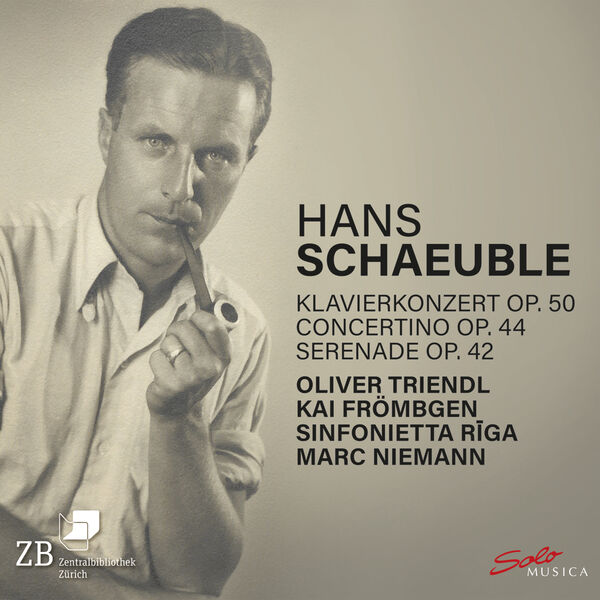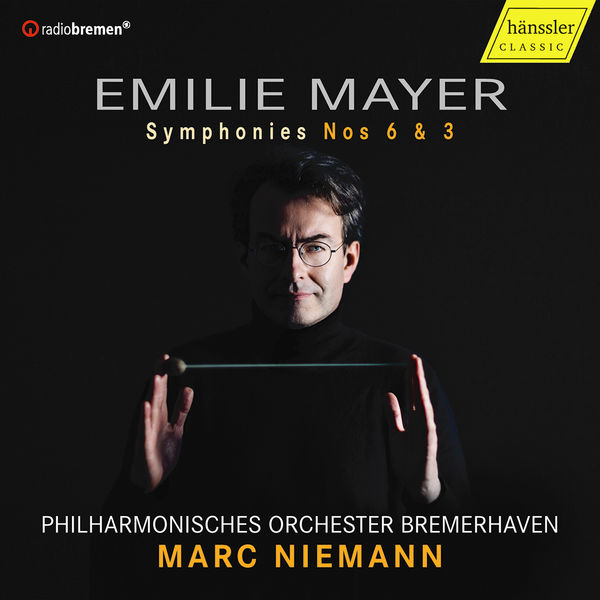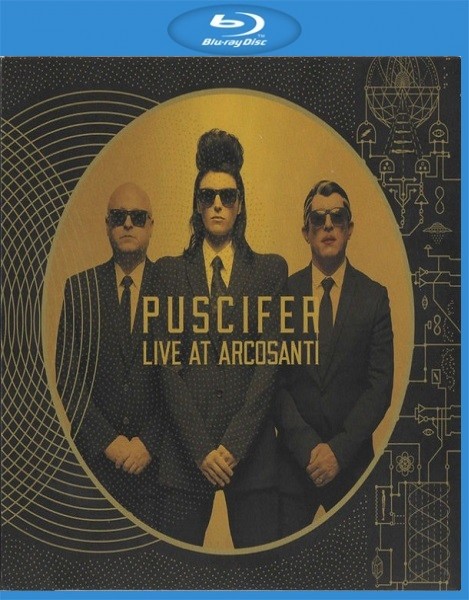
Sinfonietta Riga, Oliver Triendl, Kai Frömbgen, Marc Niemann – Schaeuble: Piano Concerto, Op. 50, Oboe Concertino, Op. 44 & Serenade, Op. 42 (2024)
FLAC (tracks) 24 bit/96 kHz | Time – 01:01:20 minutes | 1,19 GB | Genre: Classical
Studio Masters, Official Digital Download | Front Cover | © Solo Musica
There is only anecdotal evidence of how the composer Hans Schaeuble discovered music. He evidently learnt the piano at an early age: he was writing out pieces of music even in his childhood. For his years in Lausanne, there are copious accounts of his attendance at concerts by the Orchestre de la Suisse Romande under Ernest Ansermet, which led him to the conclusion that he should be a composer himself. Against the wishes of his parents, particularly his stepfather (his father having died in 1922), he prepared himself for a course of study in music. From no later than 1927 until the end of 1930, he studied piano with Karl Adolf Martienssen and composition with Hermann Grabner at the Landeskonservatorium in Leipzig. Schaeuble moved to Berlin on December 15 or 16, 1930. He was now a freelance composer and remained so until the end of his life; he never held any official position. The Concerto for Piano and String Orchestra op. 50 of 1967 is Schaeuble’s fifth work for piano and orchestra. His first essay in the form dates from 1931, his first year in Berlin: the Concerto for Piano and String Orchestra op. 9, which remained unperformed. The Concertino for Oboe and String Orchestra op. 44 of 1959 is the first of three wind concertos that Schaeuble composed in succession between 1959 and 1962. On September 9, 1956 he wrote his first note about preliminary studies; on November 11, 1956, he signed off on his Serenade in B flat for String Orchestra op. 42. Although the piece appears to have been a commissioned work, there is no record of any performances.
Read more
Philharmonisches Orchester Bremerhaven & Marc Niemann – Emilie Mayer: Symphonies Nos. 6 & 3 (2022)
FLAC (tracks) 24 bit/96 kHz | Time – 01:09:29 minutes | 1,16 GB | Genre: Classical
Studio Masters, Official Digital Download | Front Cover | © haenssler CLASSIC
In the overdue rediscovery of Emilie Mayer, hardly any text can do without the predicate “female Beethoven”, which had already been bestowed upon her by her contemporaries. On the one hand, this is very honorable, because Mayer is indeed considered the most successful female symphonist of the Romantic period. She did not settle for the “domestic” genres of lied, piano and chamber music, which were at best granted to female composers at the time, but took on the representative symphony. On the other hand, the promotional attribute shows that judgments are still made in gender-specific categories – but fortunately no longer in the 19th century thought patterns that also hindered Emilie Mayer’s career. The “Neue Berliner Musikzeitung” still described her as a “rare phenomenon” and “exception” in 1878, because the “production” of orchestral works was, after all, the “domain of the male creative spirit”. By then, Emilie Mayer had already presented eight symphonies. And in 1850, almost 30 years earlier, a reviewer in the same paper marveled: “Up to now, a woman’s hand has at most conquered a song (. . .). What female forces, forces of the second order, are capable of – that is what Emilie Mayer has achieved and reproduced.”
Read more




